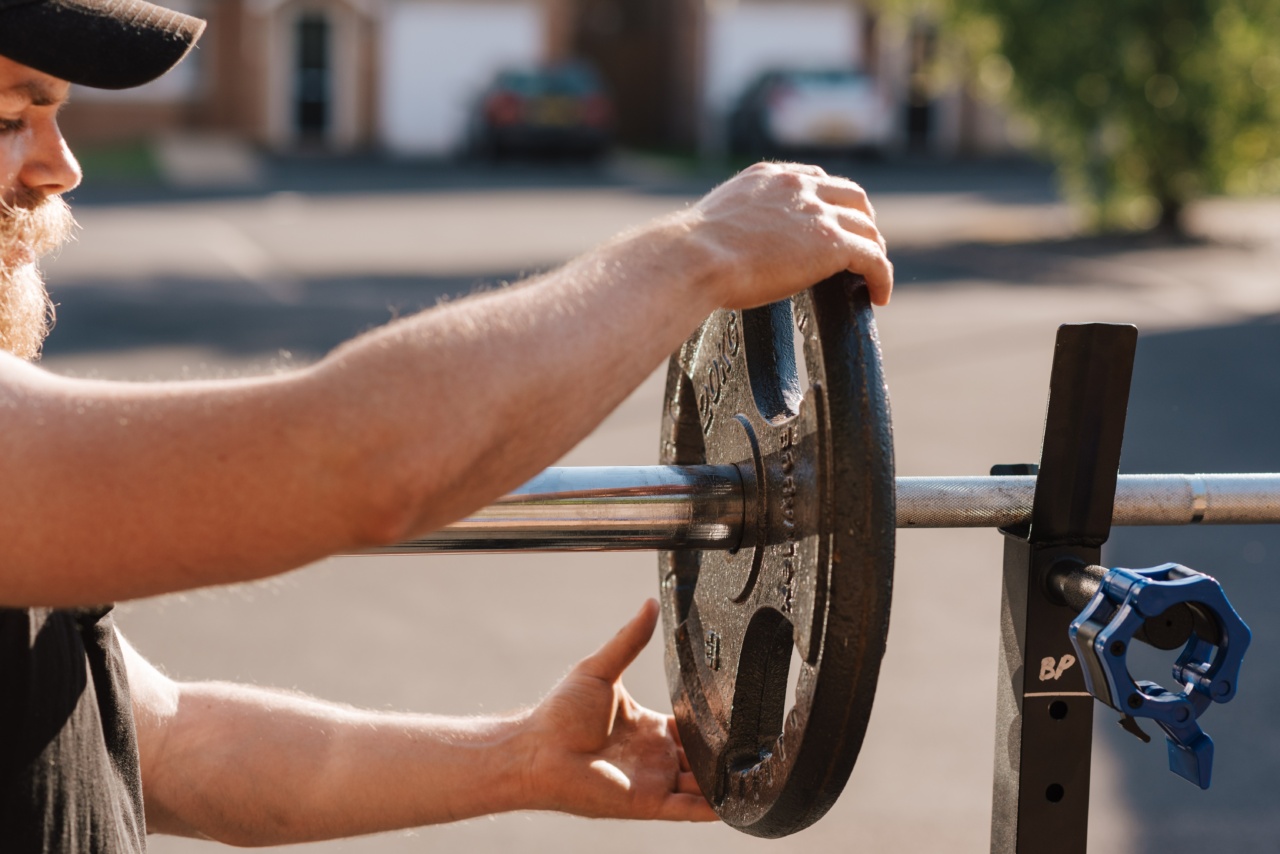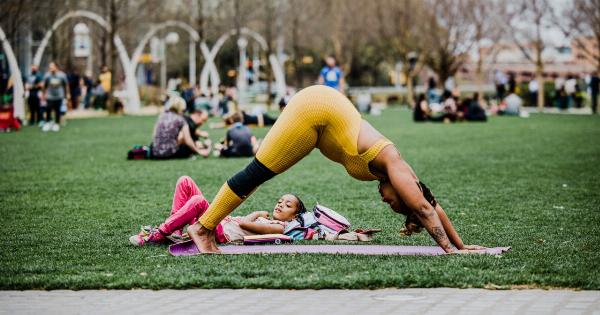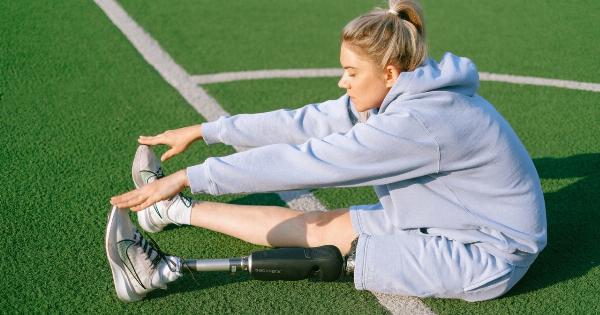Having a baby is undoubtedly one of the most magical and fulfilling moments in a woman’s life.
However, along with the joy of bringing a new life into the world, there are also significant physical changes that occur in a woman’s body after giving birth. These changes can vary from woman to woman, but there are some common experiences that many new mothers go through.
1. Weight fluctuations
One of the most noticeable physical changes after giving birth is the fluctuation in weight. During pregnancy, women gain weight as their bodies adapt to support the growing fetus.
After giving birth, it is normal for new mothers to experience weight loss, mainly due to the loss of the baby’s weight, amniotic fluid, and the placenta. However, it may take time for the body to return to its pre-pregnancy weight, and some women may find it challenging to shed the additional pounds gained during pregnancy.
2. Changes in breasts
Breastfeeding is a common choice for many new mothers, and during this time, significant changes occur in the breasts.
Initially, after childbirth, the breasts produce colostrum, a nutrient-rich substance that provides essential antibodies to protect the baby’s immune system. Over the next few days, the breasts begin to produce mature milk. During this process, women may experience engorgement, which is when the breasts become swollen and tender. As breastfeeding continues, the breasts may change in size, shape, and firmness.
3. Stretch marks
Stretch marks are a common occurrence during pregnancy due to the stretching of the skin as the baby grows. These reddish or purple marks often appear on the belly, breasts, hips, and thighs.
After giving birth, the color of stretch marks may fade, but they might not disappear completely. Applying moisturizers and creams can help improve their appearance, but it is important to remember that they are a natural result of the body’s transformation during pregnancy.
4. Abdominal changes
The abdominal area goes through significant changes during pregnancy, and after giving birth, it takes time for the muscles and skin to regain their strength and elasticity.
The abdomen may appear loose or have excess skin after childbirth, known as a “mom belly.” Engaging in postpartum exercises, such as pelvic floor exercises and core strengthening, can help tone the abdominal muscles and promote the healing process.
5. Hair loss
Many women experience hair loss after giving birth, which often comes as a surprise. During pregnancy, hormonal changes can lead to thicker, more lustrous hair.
However, after childbirth, the hormones return to normal levels, and the hair follicles enter a resting phase, resulting in an increased amount of hair shedding. This condition is known as telogen effluvium and is temporary, with most women’s hair returning to its pre-pregnancy state within a few months.
6. Vaginal changes
The vagina goes through significant changes during childbirth, stretching to accommodate the baby’s passage. After giving birth, many women experience soreness, swelling, and even stitches in the vaginal area.
It is essential to take proper care of the perineal area, keeping it clean and following any recommendations from healthcare professionals. Over time, the vagina typically recovers its tone, but some women may experience long-term changes, such as reduced muscle strength or sensitivity.
7. Hormonal changes
After giving birth, hormonal fluctuations are common as the body adjusts to a non-pregnant state. The sudden drop in estrogen and progesterone levels can lead to mood swings, postpartum blues, and other emotional changes.
Some women may also experience hot flashes, night sweats, or changes in libido. These hormonal changes should stabilize over time, but it is essential to seek support and communicate any concerns with healthcare providers.
8. Joint and ligament adjustments
During pregnancy, the body releases hormones that relax the ligaments and joints to prepare for childbirth. These changes can lead to increased flexibility but also make the joints more susceptible to strain and injury.
After giving birth, it may take time for the ligaments and joints to tighten and regain stability. Engaging in exercises focused on strengthening and stabilizing the joints can help support the body through this process.
9. Postpartum bleeding
For several weeks after giving birth, new mothers experience postpartum bleeding, also known as lochia. This bleeding is similar to a heavy menstrual period as the body sheds the excess tissue and blood from the uterus.
The amount and duration of postpartum bleeding can vary, but gradually, it will decrease and eventually stop. Using absorbent pads and maintaining proper hygiene is essential during this period.
10. Changes in posture
Pregnancy places significant strain on a woman’s body, particularly the back, hips, and pelvis. After giving birth, it is not uncommon for women to experience changes in posture.
These changes can be a result of weakened abdominal muscles, breastfeeding positions, and carrying and lifting the baby. Engaging in exercises that focus on strengthening the core and improving posture can help alleviate any discomfort and promote optimal body alignment.
























